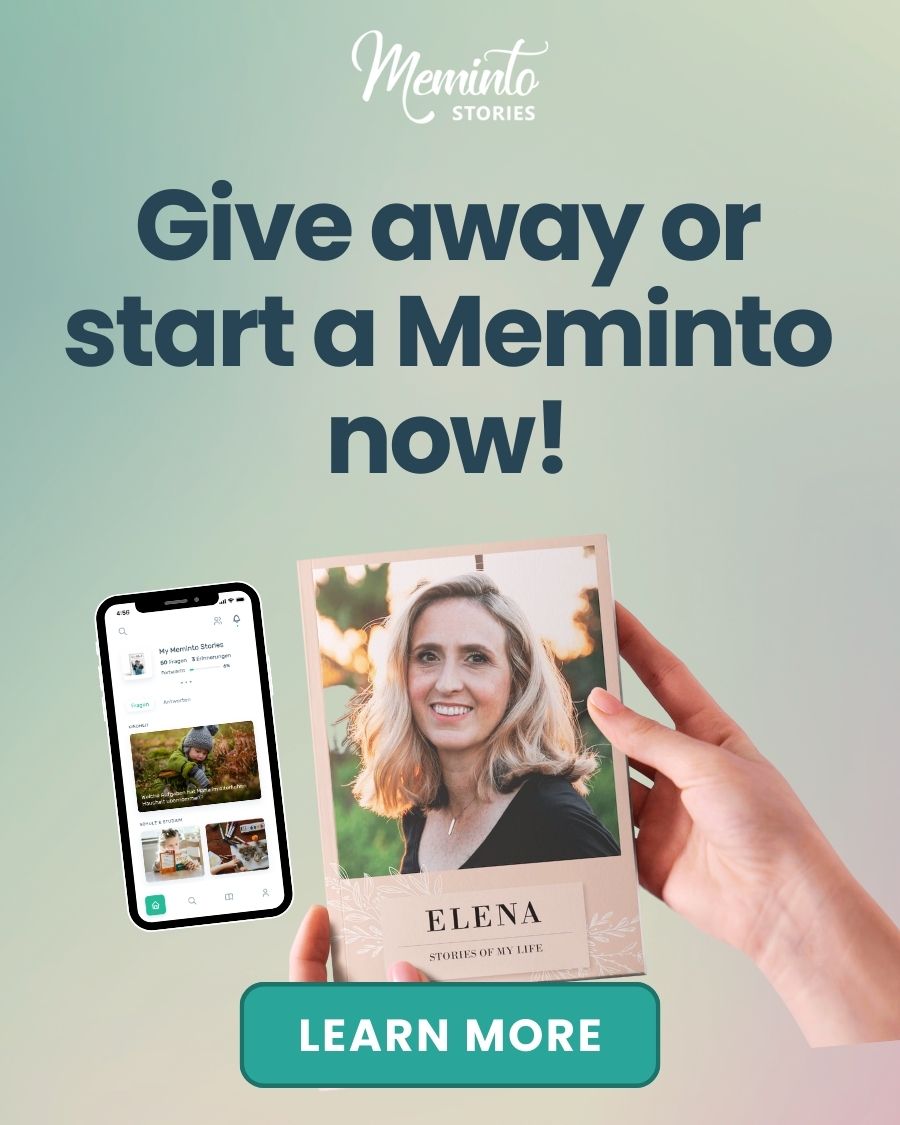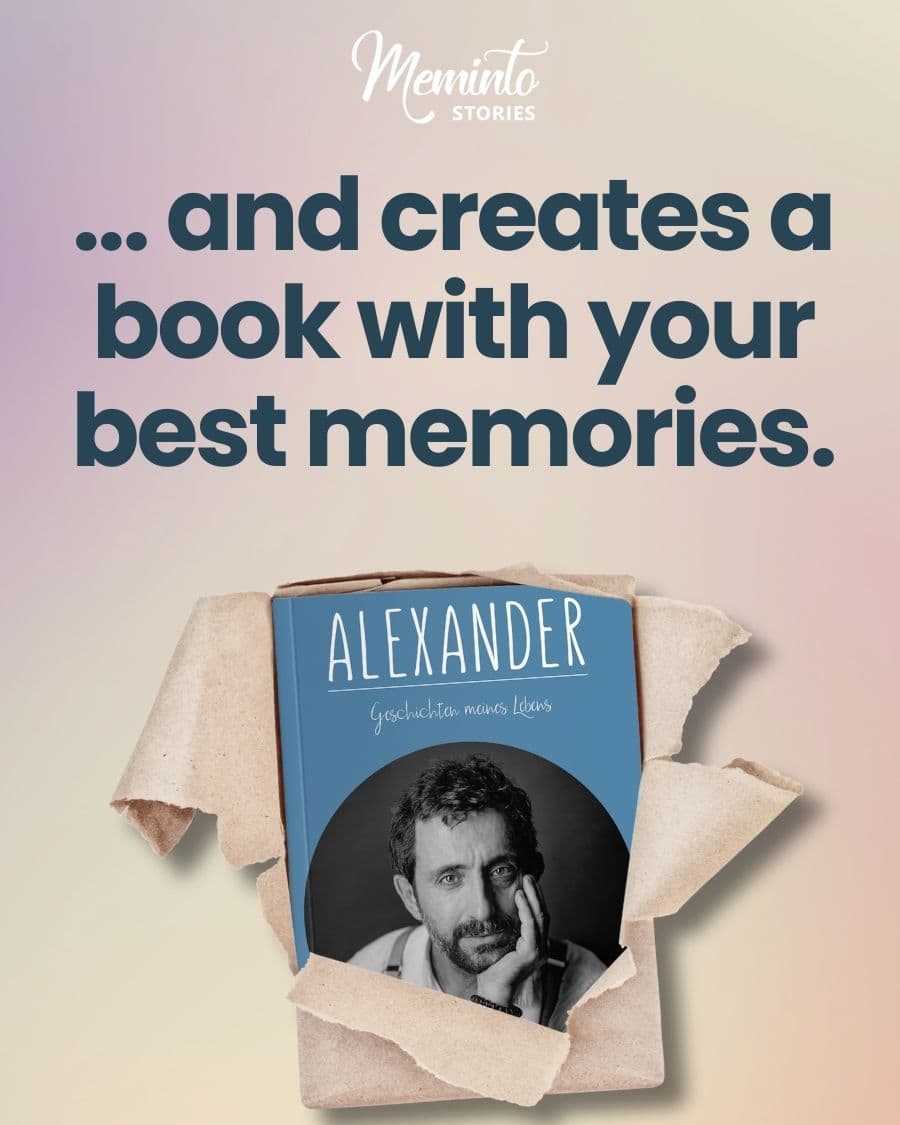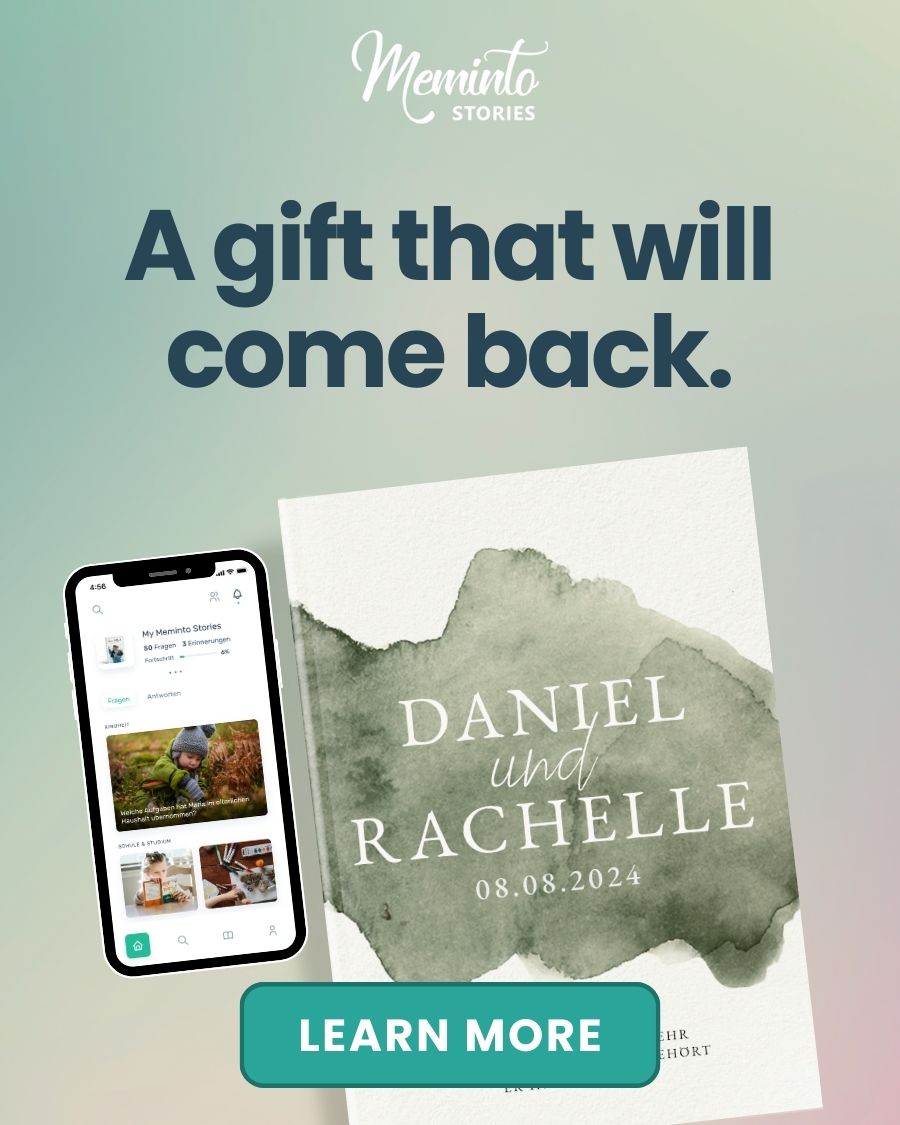Ever felt that pang of nostalgia flipping through an old photo album, wishing you could bottle up those moments forever? Family history isn’t just about names and dates—it’s the heartbeat of where we come from. It’s the stories whispered at family gatherings, the recipes passed down like hidden treasures, the letters that still carry the scent of another era.
Keeping those memories alive doesn’t have to be complicated. Whether you’re the type who loves the tactile feel of handwritten journals and scrapbooked memories or you prefer the magic of digital storytelling—there’s a way to preserve your family’s legacy that feels just right for you. The best part? You don’t have to choose. Blend both worlds. Scan those love-worn letters, record grandma’s laughter as she tells her childhood stories, create a digital family tree that grows with every new generation.
Because memories fade—but the stories that shaped you? Those deserve to live on. ❤️
Here’s a quick breakdown:
- Digital Preservation: Use cloud storage
- Genealogy platforms (Ancestry.com, FamilySearch), and digital storytelling tools (like Meminto Stories) for easy access, sharing, and scalability.
- Physical Preservation: Keep handwritten documents, photo albums, and heirlooms safe with acid-free materials and climate-controlled storage.
- Hybrid Approach: Convert physical items to digital formats or turn digital files into physical keepsakes. Use QR codes or metadata to connect both formats.
Quick Comparison
| Method | Advantages | Challenges |
|---|---|---|
| Digital | Easy sharing, scalable storage, backups | Requires tech skills, cybersecurity risks |
| Physical | Tangible, emotional connection | Prone to damage, harder to share |
| Hybrid | Combines benefits of both | Requires effort to manage both formats |
Start now: Organize your materials, pick tools that fit your needs, and involve family members to preserve your legacy.
Preserving Family Memories and Preserving Personal Digital Files
You are currently viewing a placeholder content from YouTube. To access the actual content, click the button below. Please note that doing so will share data with third-party providers.
Digital Storage Options
Digital tools have become essential for preserving family history, offering secure ways to organize, protect, and share cherished memories across generations.
Family Tree Tools
For a deeper dive into your family’s history, genealogy platforms are invaluable. Ancestry.com offers extensive genealogical databases through paid plans, while FamilySearch provides free access to billions of historical records. MyHeritage stands out with its smart matching technology and DNA testing options. Meanwhile, Storied takes a more interactive approach, allowing families to build trees and weave narratives together. Its collaborative features make it easy for multiple family members to contribute their memories and insights. These tools help keep your family’s past alive.
Digital Memory Books
Memories are more than moments—they’re the threads that weave our lives together. The sound of your grandmother’s laughter, the way your father told bedtime stories, the small but magical moments that shaped you. But as time passes, memories fade, and stories get lost in the noise of everyday life.
That’s where Meminto Stories steps in—like a time capsule for the heart. Imagine sitting down with a cup of tea, closing your eyes, and speaking your memories out loud. Meminto turns those spoken words into beautifully written narratives, capturing the essence of your past and transforming it into a stunning hardcover book.
It’s more than just a way to store memories—it’s a way to relive them. With AI-powered speech-to-text and guided prompts, even the stories you thought were forgotten come rushing back, as vivid as the day they happened. No writing skills needed, no struggle to find the right words—just your voice, your emotions, and your story, preserved forever.
Because your life isn’t just a collection of moments—it’s a legacy. And with Meminto, it will never be forgotten.
✨ Your memories deserve more than a storage box. They deserve to be told.
Physical Storage Methods
While digital solutions are convenient, physical methods provide a personal, hands-on connection to your family’s history.
Written Records
Document family stories in high-quality journals and use protective materials to ensure they last for generations. Existing documents should be stored in preservation sleeves or folders to prevent wear and tear.
Photo Albums
Physical photo albums let you hold onto your visual history in a way screens can’t replicate. Using archival-quality albums helps ensure your photos remain intact.
Best practices for preserving photos:
- Use archival-quality corner mounts to secure photos without adhesives.
- Add captions with archival pens to provide context and stories behind the images.
- Place acid-free tissue between pages to prevent image transfer or damage.
Memory Collections
Memory boxes are perfect for keeping three-dimensional keepsakes safe. Opt for acid-free storage solutions to protect delicate items like textiles, metals, and heirlooms.
Avoid storing these precious collections in areas like attics or basements, where temperature and humidity levels often fluctuate.
Next, we’ll look at how these physical methods stack up against digital storage options.
sbb-itb-e3574dd
Digital vs Physical: Key Differences
When it comes to preserving family history, digital and physical methods each come with their own advantages and challenges.
Digital preservation makes sharing and accessing your family history simple through platforms like Google Drive or Dropbox. However, these tools often require subscriptions and a stable internet connection. On the other hand, physical preservation – like storing original documents, photographs, or heirlooms – offers a personal, tangible connection to your past. The downside? These items are vulnerable to damage from fire, water, or other risks.
From a cost perspective, digital options generally have lower initial and ongoing expenses. They offer massive storage capacity, automated backups, and easy sharing. Physical preservation tends to involve higher upfront costs for archival-quality materials and secure storage solutions. Each method also comes with its own risks: digital archives can face cybersecurity threats or hardware failures, while physical items need protection from theft, water, and fire.
When deciding how to protect your family’s history, think about your goals. Digital methods are great for accessibility and sharing, while physical keepsakes often hold deep emotional value. Up next, we’ll look at how you can combine both approaches for a well-rounded preservation strategy.
Using Both Methods Together
Combine digital and physical approaches to protect family history and ensure memories stay accessible.
Converting Physical to Digital
Turn physical items into digital files using a contactless scanner set at 300 DPI for clarity.
Here are some tips for digitization:
- Label files clearly: Include dates, names, and locations for easy reference.
- Back up your files: Save copies on multiple devices or cloud services.
- Protect the originals: Store them in archival-quality boxes for safekeeping.
- Add metadata: Include extra context like descriptions or stories in separate files.
Services like Meminto Stories can help transform physical memories into keepsake books while keeping digital versions. Their speech-to-text feature also makes it easy to record oral histories in both formats.
Making Digital Items Physical
Once you’ve digitized your memories, consider turning them back into physical keepsakes. Professional services can create high-quality photo books, custom memorabilia, or framed prints from your digital files. These tangible items can become cherished heirlooms for future generations.
[elementor-template id="31300"]
Conclusion
Main Points Review
Combining digital and physical methods can create a well-rounded family history archive. Digital tools make sharing and accessing memories easier, while physical items provide a personal, emotional connection. Together, they form a balanced approach for preserving family history.
Here are some key advantages of using both methods:
- Better preservation: Storing items in multiple formats reduces the risk of losing important memories.
- More accessibility: Family members can choose the format they prefer to interact with.
- Protection for the future: Digital backups help safeguard physical items from wear or damage.
- Stronger connections: Physical keepsakes carry emotional value, while digital formats allow for broader sharing.
Getting Started Guide
Ready to preserve your family history? Follow these steps to get started:
1. Start with what you already have
Take stock of family photos, documents, and heirlooms. Organize them to create a clear plan for preservation.
2. Pick the right tools
Choose reliable options for storing your family history:
- Digital: Use a trusted cloud storage service for backups.
- Physical: Store items in acid-free boxes or albums to prevent deterioration.
- Hybrid: Platforms like Meminto Stories let you create both digital and physical records.
3. Set aside regular time
Commit a few hours each month to work on preservation tasks like:
- Scanning photos and documents
- Labeling physical items
- Recording family stories
- Updating your digital backups
4. Get your family involved
Encourage relatives to join in by:
- Sharing digital copies of their memories
- Adding to physical memory books
- Providing context for old photos or records
- Helping maintain both digital and physical archives
Consistency is key – make it a habit and focus on preserving what’s most meaningful.
[elementor-template id="31269"]




















